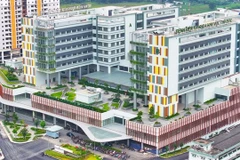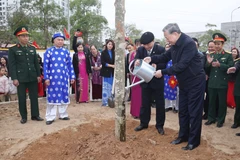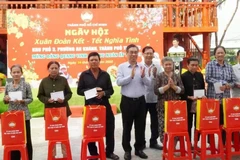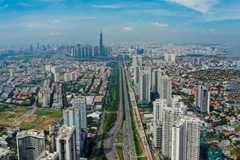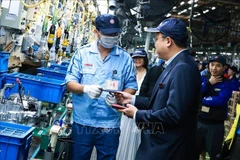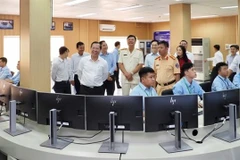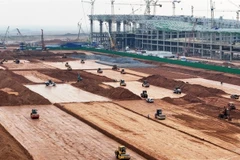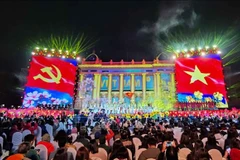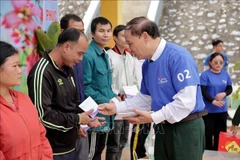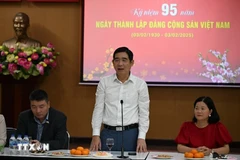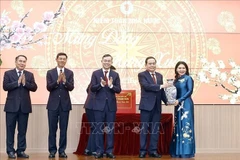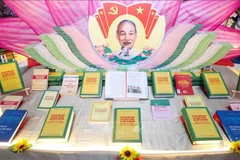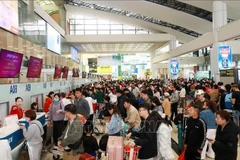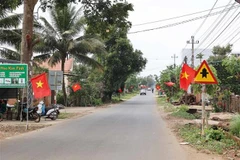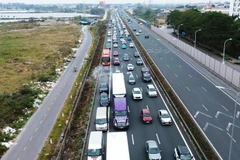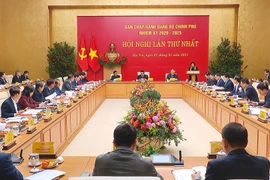Hanoi (VNA) – The labour federations at all levels in the capital city of Hanoi have affirmed its important role in building stable and harmonious labour relations.
According to Vice President of the Hanoi Labour Federation Le Dinh Hung, complicated developments of the world’s political and economic situation have left impacts on local business and production. However, thanks to the sound leadership from the municipal Party Committee, People’s Committee and People’s Council, coupled with concerted effort from the business community and local people, enterprises have enjoyed rosy business results, helping ensure job stabilisation.
From the outset of the year, the city Labour Federation has assured effective implementation of the regulation on grassroots democracy, with 75.5% of local firms signing collective bargaining agreements with employees, and 73.9% holding worker conferences.
Hung described it as a bold step for enterprises to gain a deeper insight into the legitimate aspirations of labourers, adding collective labour disputes and resignations fell sharply during January – September.
Additionally, an array of institutions, including labour relations council, labour arbitration council, and labour safety and hygiene, was set up and has operated in an effective fashion.
Hanoi is now home to some 270,000 businesses which employ more than 2.7 million workers. The Hanoi Labour Federation is managing and directing the operation of 45 immediate upper level trade unions with 9,208 grassroots unions.
Most of the businesses strive to ensure competitive salaries and welfare to retain workers, he said, adding although minimum wage has been raised by 6% since January 1, workers’ average income of some 7 million VND (286 USD) has made it difficult for them to cover such expenses as food, shelter, childcare, and consumer goods.
He pointed out several challenges for migrant workers which include shortage of affordable housing, public preschools, and entertainment sites./.





